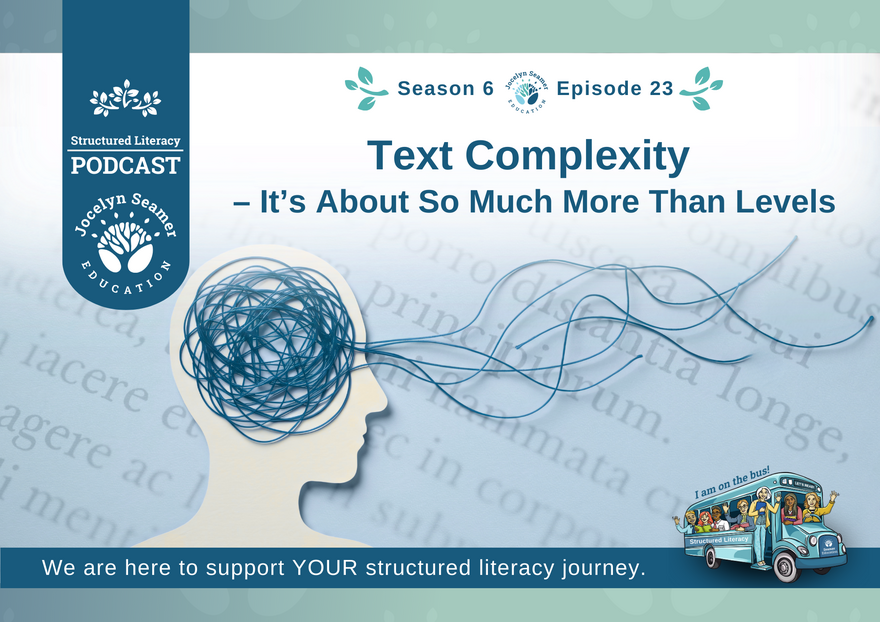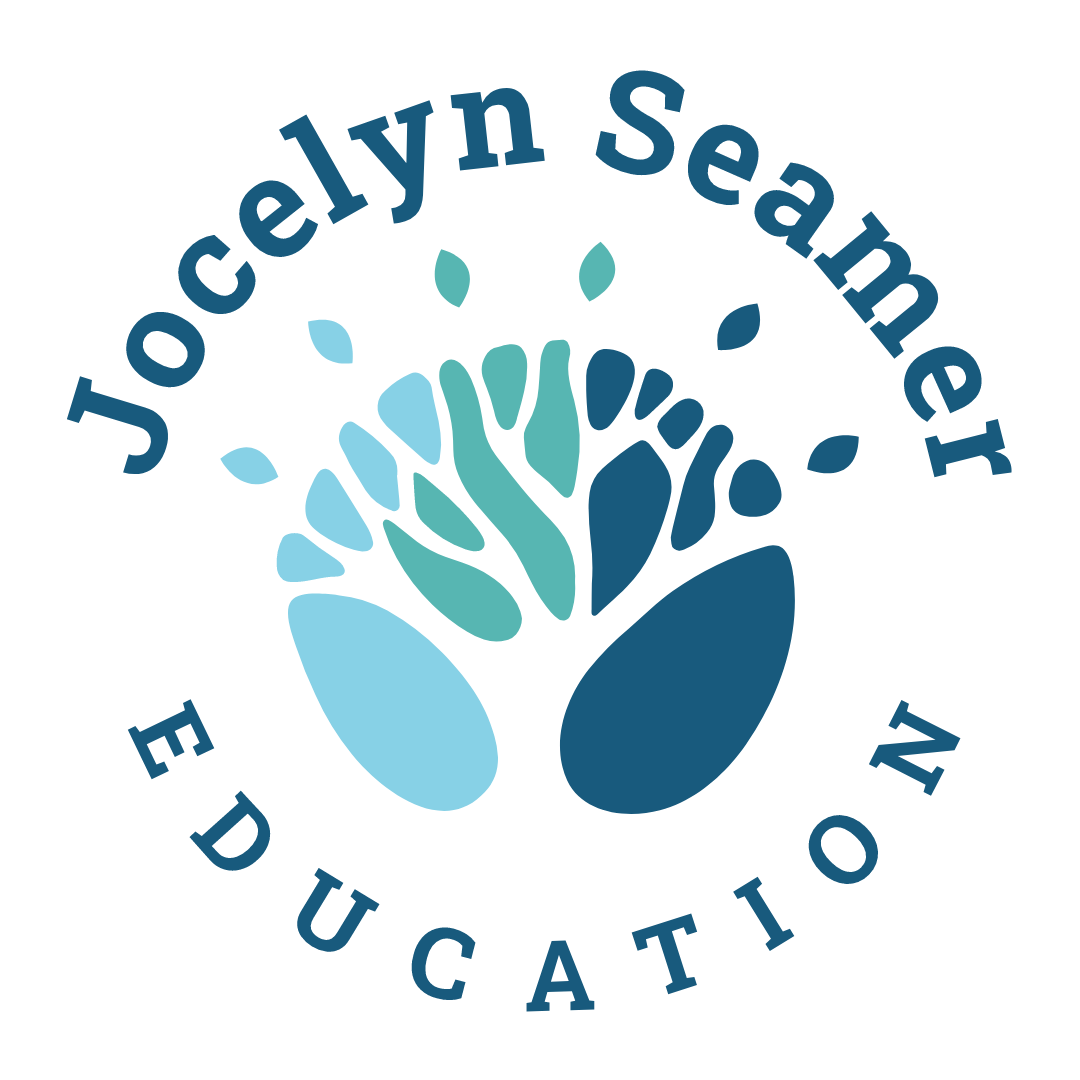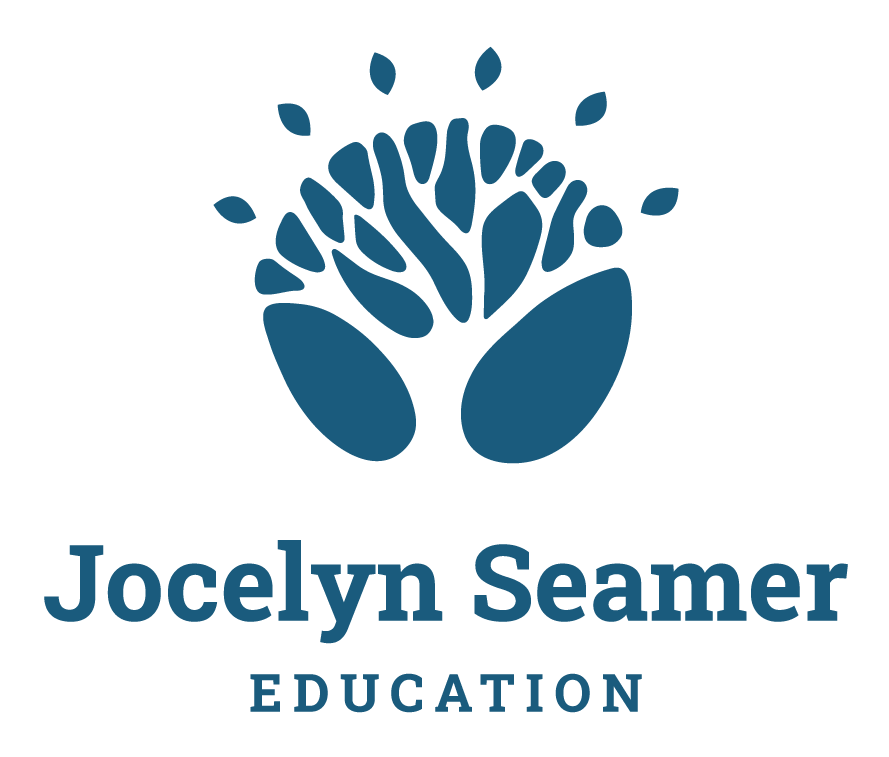S6 E23 - Text Complexity: It’s About So Much More Than Levels

Hi there, it's Jocelyn here, and today we're diving into a topic that is going to make it so much easier for you to make instructional decisions when choosing rich texts. We're talking today about text complexity, and trust me, it's way more nuanced than simply finding a text at a student's level.
Comprehension Instruction is Not a Checklist
For so many years, comprehension work was about teaching strategies, with the belief that once we're taught a strategy, students would apply it to any text. We now know that comprehension instruction is not a checklist of strategies we tick off. It's not about mechanically applying things like making connections and summarising and hoping for the best. Comprehension is built as we teach morphology, vocabulary, syntax, text structure, language features, and genre elements. When we read, we put all of this together to help not just get what the text is saying, but to look beyond the surface-level words and go to the deeper understandings.
More and more of us are becoming aware of the limitations of levelling for our text level work. We know that finding a level for the student and matching a book to them isn't the best way to go about building their reading skills. Research is consistently clear on that point. But other than use a complex text at grade level, there isn't much guidance out there to help us make important decisions about which text to use. This episode is going to give you some starting information to change that.
The Five Plagues of the Reader
You might be familiar with the idea of the five plagues of the reader from Reading Reconsidered. This is five ideas, five features of text that can make it tricky for kids to read. The five plagues are: archaic language, nonlinear time sequences, narrative complexity such as multiple perspectives, figurative and symbolic texts, and resistant texts. But today we're going to dig a little deeper and explore text complexity from a couple of different angles.
Two Things to Consider
Before we get to that, we need to chat about cognitive load, that mental energy that students expend when they're reading and they're learning. Managing cognitive load is not just about simple understanding, it's about finding the sweet spot of challenge that promotes learning without overwhelming working memory. A simple way to think of this is that we're looking for that Goldilocks spot. We want the learning to be not too easy and not too hard. We need it to be just right.
Let's also clarify what I mean when I'm talking about text difficulty. I'm not talking in this instance about decoding. I'm talking about the ability to be able to understand what's happening in a text and focus on the meaning of the thing we're reading. You will have students in your Year 3 to 8 classrooms who struggle with decoding, but can absolutely engage deeply with characters, events, and themes in an age-appropriate text. We shouldn't be denying students access to those age-appropriate texts in that literature and language element of instruction. Yes, we might need to support decoding and fluency practice with adjusted text, but when it comes to developing the top of the reading rope, it's about language development.
Four Patterns
When we look at reading experiences, there's four typical patterns that a lesson can fall into or reflect. The first one is that the complexity of the text is just too high for the students. They're completely overwhelmed. They're struggling with decoding or they're experiencing no meaningful comprehension because all of the bits of the text are just too hard, and this leads to a high level of frustration. It also leads to shallow reading and a poor learning experience. The intrinsic load of the lesson, and of the task in this case, is simply too high for the students to be able to engage.
The second scenario is one of two sweet spots. Now, this involves a complex text, but the text is within the student's ability to access it so they can engage with close reading. So what we've got here is challenging content, sophisticated analysis, and high engagement. This is the dream. We're talking about desirable difficulty where students are stretched, but they're not broken. All learning requires stretch. If there's no stretch, there's no learning. If the texts are too easy or too hard, it just doesn't work. In this second scenario, students have learned what they need in order to access the text, and we are going to guide them to engage with the text at a deeper level. So it's a little bit harder than they could manage themselves, and we're providing them with the skill and knowledge and the guidance to unpack meaning from this text.
The third scenario is the second sweet spot in this model that involves a simple text but with close reading. Now, here we're using accessible text to build skills in understanding language features, vocabulary, syntactic structures, and structural elements. We could think of these as the practical application for the concepts that we're learning. Students practice close reading techniques, develop analytical habits, and they build confidence. We can think of this experience as riding with the training wheels. Once we've built the foundations around understanding syntactic structures, vocabulary, understanding language features, and devices, we can then take that knowledge and apply it in more complex texts.
The fourth scenario is, again, not a great one. It's about simple text with shallow reading. Now, this is a danger zone here, and it's a danger zone of disengagement for a different reason than scenario one. No challenge in this case leads to tuning out, which leads to minimal comprehension, or perhaps there's not comprehension to gain. So we might understand what's in the text, but there's no deeper meaning for us to tap into. This level of text leads to the students switching into task mode and they just cruise. There's no stretch and therefore no learning. The intrinsic load of this scenario is too low.
Text Selection for Success
So the million-dollar question is: how do we make text selection a part of the process of engineering for success if length isn't the only factor? Well, today I have some other points for you to consider. So we can broaden our understanding of text complexity with a model involving four key dimensions of demand. There's linguistic demand, conceptual demand, structural demand, and cognitive demand. And rather than identifying just one reason a text is complex or has demand, we can evaluate a text against all four of these elements and create a bit of a profile. But we're not creating a level like a lexile or some other reading level. We're thinking about this text in relation to our students.
The Demands
So in linguistic demand, we're talking about things like vocabulary, sentence structures that twist and turn or present some challenge, advanced grammatical constructions, and specialised or technical language.
The second type of demand is conceptual demand, and that can be abstract ideas that challenge our thinking, moral ambiguity, and metaphorical or symbolic content.
The third area to consider is structural demand. So nonlinear narratives, and some of these are a factor in those five plagues of the reader. So they may be familiar to you, but structural demand can be nonlinear narratives, so we've got flashforwards and flashbacks and all sorts of things. There can be multiple perspectives, complex text organisation, and implicit connections between ideas that just aren't directly stated.
The fourth area of demand we can think about is cognitive demand. So texts that have cognitive demand require a whole bunch of inferential thinking. They demand critical analysis. We need significant background knowledge, and they could challenge our existing mental models. Decoding difficulty or decoding demand could be a factor here, as well as length and the stamina that we have to read a text.
So the text could be in the Goldilocks spot for linguistic, conceptual, and structural demands, but be three times as long as our reading stamina. And I'm not suggesting that we say, well, these students can't read a long text, so I guess we won't do that. What I'm suggesting is that we consider the demand and adjust what we do so that we're helping to engineer an opportunity for stretch, not overwhelm.
Writing Alongside Reading
Another critical consideration for teachers and curriculum designers is if you're planning writing instruction alongside reading, which I think I've shared enough information on this podcast for me simply to say, we should be, because when we teach these things together, we strengthen both, when we're connecting reading and writing, we need to be even more strategic. The decisions we would make around a text if we were only using it for comprehension are different from the ones we would make if we're connecting reading and writing. So if the writing expectations are already stretching students, then a highly complex text that has a high load or a high demand load across multiple factors could just push them over the cognitive edge. And remember, we want challenge, not overload.
So when we're planning for instruction, it's important that we read the text carefully and evaluate the level of demand posed by the four categories as they relate to your students. Remember, the important thing here, and I'm saying it again, I know, but it is really important to understand, we're not levelling the text. If we say that a text is complex, the question is, complex for who? Intrinsic load is determined by the level of difficulty of the task based on the existing knowledge and skill of the learner. We aren't asking what level is this text, we're asking, what will my students' learning experience be like so that we can plan for instruction that creates desirable difficulty? And when we're saying, "what will my students' learning experience be like?" we're thinking back to those four scenarios.
Will this be a highly complex text that the students can't engage with, so we've got a very shallow engagement?
Will this be a scenario where this text is too easy or there's no depth here, so all we're going to get is shallow reading and cruising?
Are we using this text to practice skill development and applying new knowledge?
Or are we ready to dive in with all of these complex things into a beautiful rich text?
We're evaluating the sweet spot when we're thinking about instruction.
How We're Running and Supporting
Once we've evaluated the difficulty of the text for your students, it's time to make a plan for how we'll run our lessons and how we're going to support learning. So we actually don't have time to do that in this episode today. It's a big topic, but I do want to let you know that I am running a new Teach Along in Term 1 of 2026, Reading Success in the Upper Primary Years. And it's in this course that we pick up where Build the Foundations for Your Upper Primary Literacy Block left off. I'm walking teachers through a range of frameworks and models for understanding upper primary reading so that you can make really sound instructional decisions for fluency and for comprehension. You can find out more about that course on our website in the Professional Learning section.
Conclusion
We all know that the ultimate goal of reading instruction is for students to understand and be able to engage at a deep level with what they're reading. That always has been the goal of reading instruction and always will be. And I have to say, there's no better feeling than being in the classroom and feeling that sense of having hooked the students intellectually and through their interest, that they're leaning forwards in their seats, that they're itching to say, "but what's going to happen?" And I love it when we end the reading in a lesson on a cliffhanger to cries of, "oh, but what happens next?" Well, we're going to have to read that next time. That's what we're looking for. We're looking for the interest, we're looking for the engagement. But remember, engagement without learning is just entertainment. So what we want is engagement with learning and optimising instruction so that the intrinsic load is right for our students is a key part of that.
I hope that today's episode has given you some pointers about how to think about text selection and pitching instruction at the Goldilocks spot for your students. Until next time, happy teaching, everyone. Bye.
Show Notes:
Reading Success in the Upper Primary Years Teach Along
Want to walk alongside me while I work through a range of models and frameworks for understanding upper primary reading? Click HERE.


 Jocelyn Seamer Education
Jocelyn Seamer Education
0 comments
Leave a comment